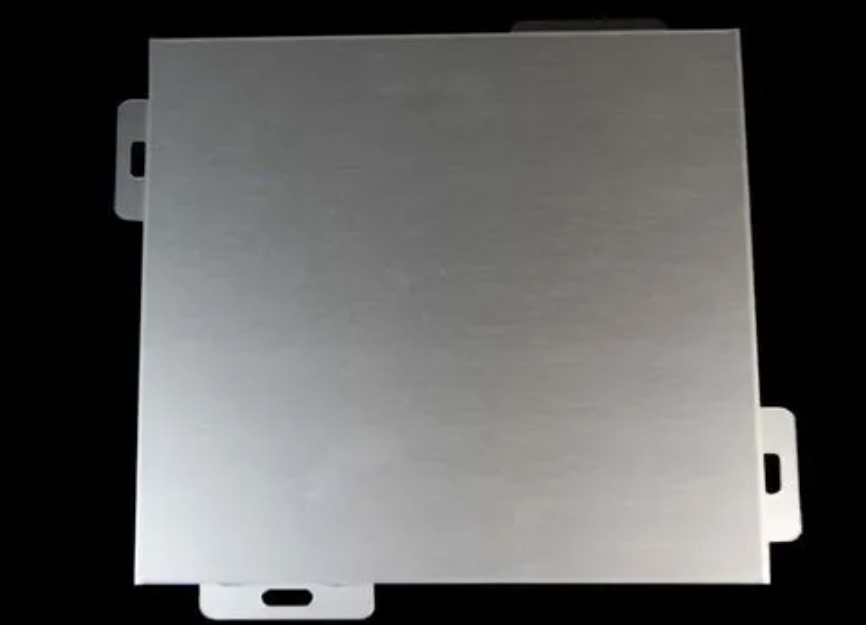Introduction
Anodized aluminum is a popular material used in a variety of applications due to its durability, lightweight nature, and resistance to corrosion. However, despite its many advantages, there’s often confusion about whether anodized aluminum can tarnish. In this article, we’ll delve into the process of anodization, its effects on aluminum, and whether or not anodized aluminum tarnishes.
What is Anodized Aluminum?
Anodized aluminum is created through a process called anodization, which involves immersing aluminum in an electrolyte solution and passing an electric current through it. This process forms a protective oxide layer on the surface of the aluminum, which enhances its resistance to corrosion and wear.

Does Anodized Aluminum Tarnish?
One of the primary benefits of anodized aluminum is its resistance to tarnishing. Unlike untreated aluminum, which can develop a dull, greyish appearance over time due to oxidation, anodized aluminum maintains its appearance for longer periods.
The anodization process creates a thick layer of aluminum oxide on the surface of the metal, which acts as a barrier against environmental factors such as moisture and oxygen. This protective layer prevents the underlying aluminum from coming into contact with these elements, thus reducing the likelihood of tarnishing.
Factors Influencing Tarnishing
While anodized aluminum is highly resistant to tarnishing, certain factors can still influence its appearance over time. These include:
1. Scratches and Abrasions: While the anodized layer provides excellent protection, deep scratches or abrasions can compromise its integrity, allowing the underlying aluminum to be exposed to environmental factors.
2. Exposure to Harsh Chemicals: Certain chemicals, such as strong acids or alkalis, can degrade the anodized layer and potentially lead to tarnishing.
3. UV Exposure: Prolonged exposure to ultraviolet (UV) radiation can cause fading or discoloration in some anodized finishes, although this typically does not affect the structural integrity of the material.
Maintenance and Care
To maintain the appearance of anodized aluminum and prevent tarnishing, regular cleaning and maintenance are essential. Here are some tips for caring for anodized aluminum:
1. Gentle Cleaning: Use mild soap and water or a solution of vinegar and water to clean anodized aluminum surfaces. Avoid abrasive cleaners or scouring pads, as these can scratch the anodized layer.
2. Avoid Harsh Chemicals: Refrain from using harsh chemicals or solvents that may damage the anodized finish.
3. Protective Coatings: In some cases, applying a clear coat or protective sealant over the anodized surface can provide additional protection against tarnishing and UV damage.

Conclusion
In summary, anodized aluminum is highly resistant to tarnishing due to the protective oxide layer formed during the anodization process. While it is not completely immune to environmental factors, proper care and maintenance can help preserve its appearance for years to come. By understanding the characteristics of anodized aluminum and taking appropriate precautions, you can enjoy its benefits in various applications with confidence.


